Ikarus buses: the most successful Hungarian products of the 20th century – PHOTOS

The International Ikarus Bus and Coach Show was held for the fifth time this weekend at Ferihegy Aeropark.
The collection
Helló Magyar reported that in addition to the Hungarian ones, more than 100 foreign-owned buses were represented at the event. Besides long-distance, suburban and local buses, the public could also see unique or small-scale models such as the double-decker Ikarus, a conference bus used by the GDR government, the rarities used at British airports, and models converted for medical care. Moreover, the public had the opportunity to look at astonishing veterans of more advanced age, such as the 30, 311, 60, 55, 66, 180, 620, 630, and double-decker.
Unfortunately, the bus factory did not have a collection that preserved any of its products. However, the Transport Museum, transport companies, former drivers, mechanics and enthusiasts meet and show off their vehicles together. In Hungary in general, there is a great admiration and respect for vehicles made by the Hungarians.
The history of the Ikarus
The company was established in 1949. The first real Ikarus was manufactured in the 1950s, it was the so-called 30 series. It could only go as fast as 78km/h and it was extremely hot during the summer. The 60, the 31 and the 311 buses gained huge popularity in the 1950s and 1960s. Later, these series went through big changes to serve the great population of big cities, such as Budapest. These buses were iconic figures of many Hungarian and Eastern European cities and towns. It is quite shocking, but you could also spot these gorgeous vehicles in over 40 countries!
From 1964, Hungary was allowed to specialise in bus and coach production under a Comecon decision. Thus, Ikarus established a factory in Székesfehérvár and started engine production in Győr. By the end of the seventies, Ikarus was producing 10,000 units a year. It had also become Europe’s largest manufacturer, and by the early 1980s, it was the world’s fifth largest. The brand was present in 60 countries. Most of the buses were in the Soviet Union and the GDR, but they were also used in countries from Africa to Scandinavia, and from the United States to China.
PHOTOS:
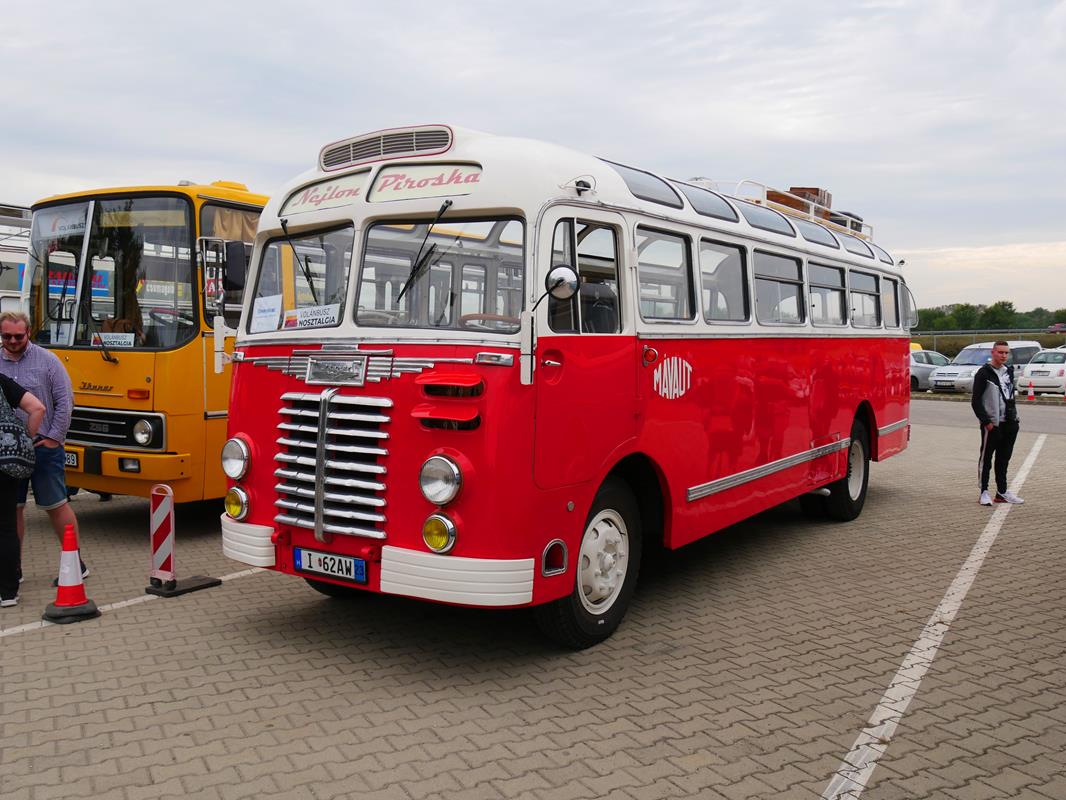
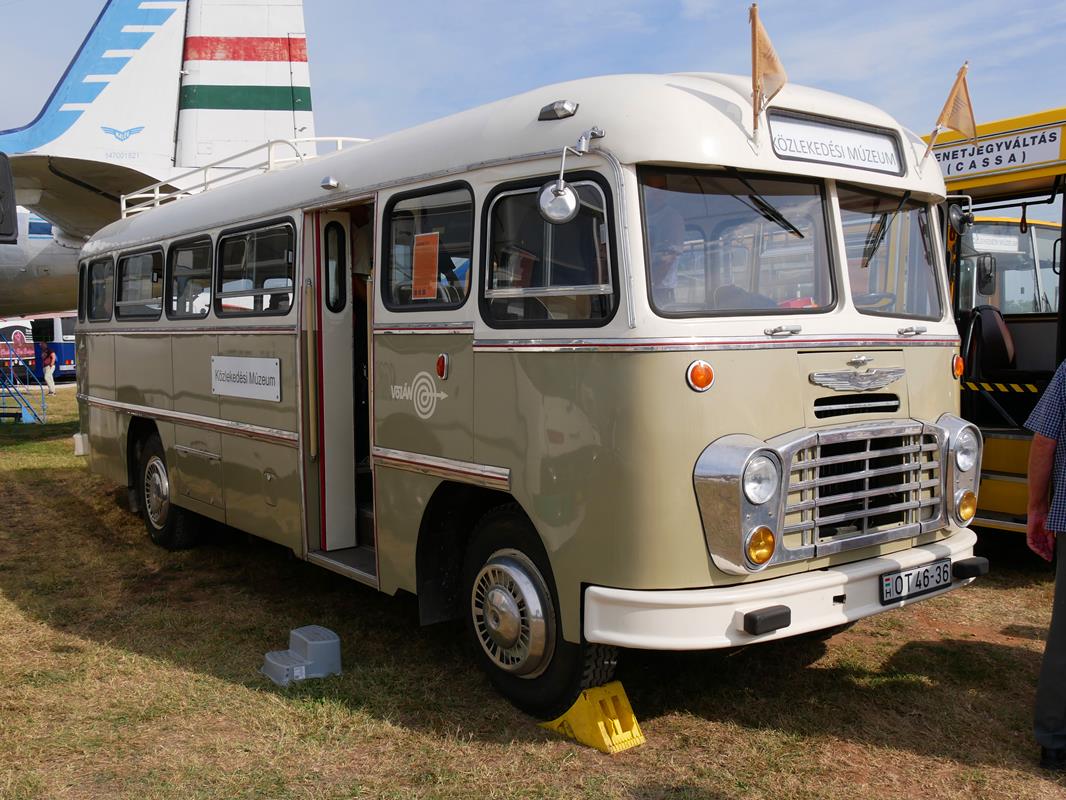
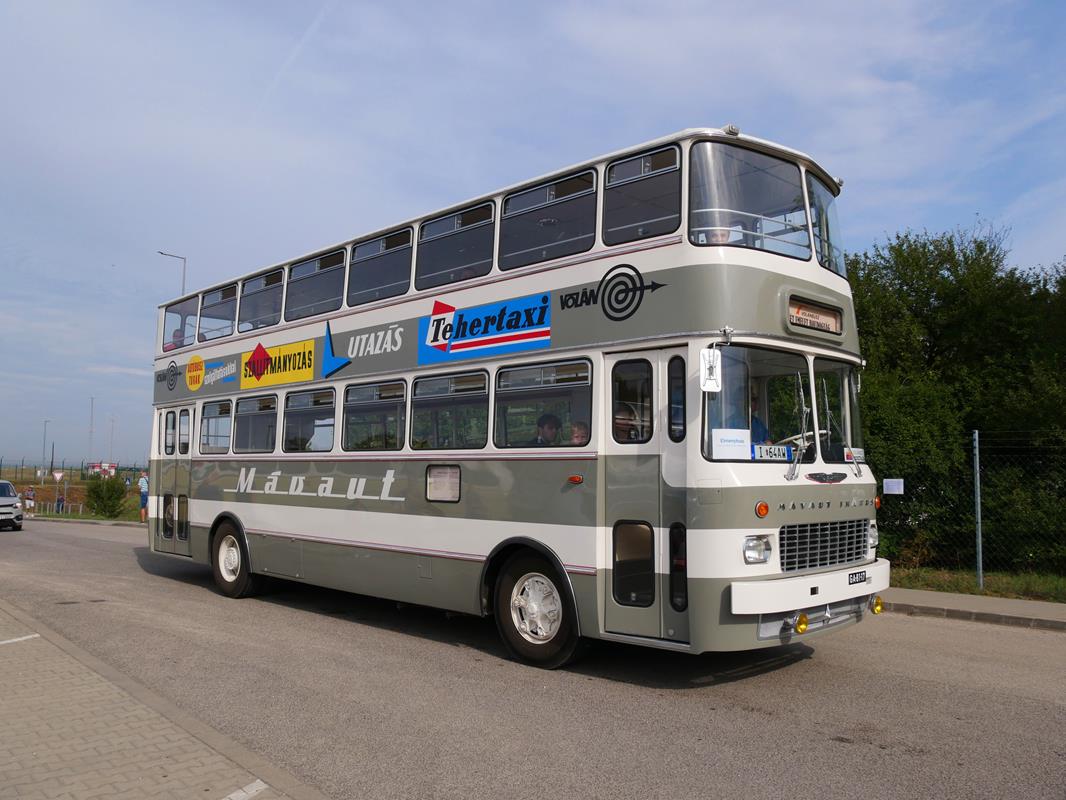
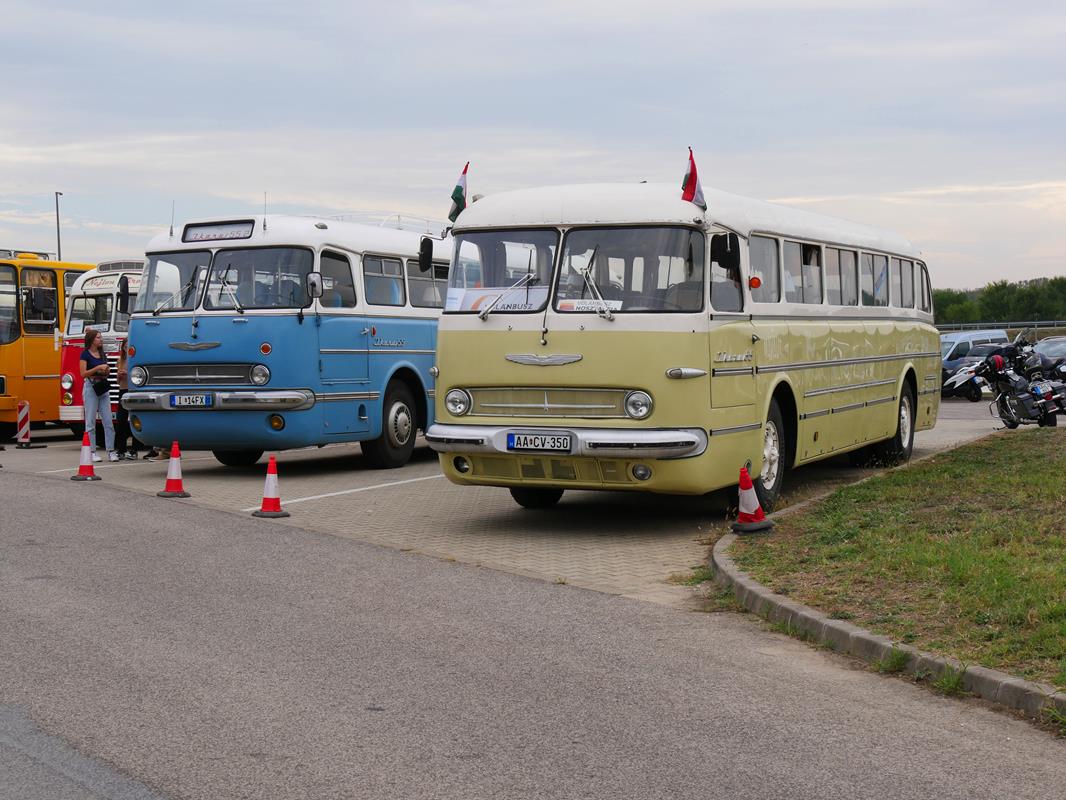
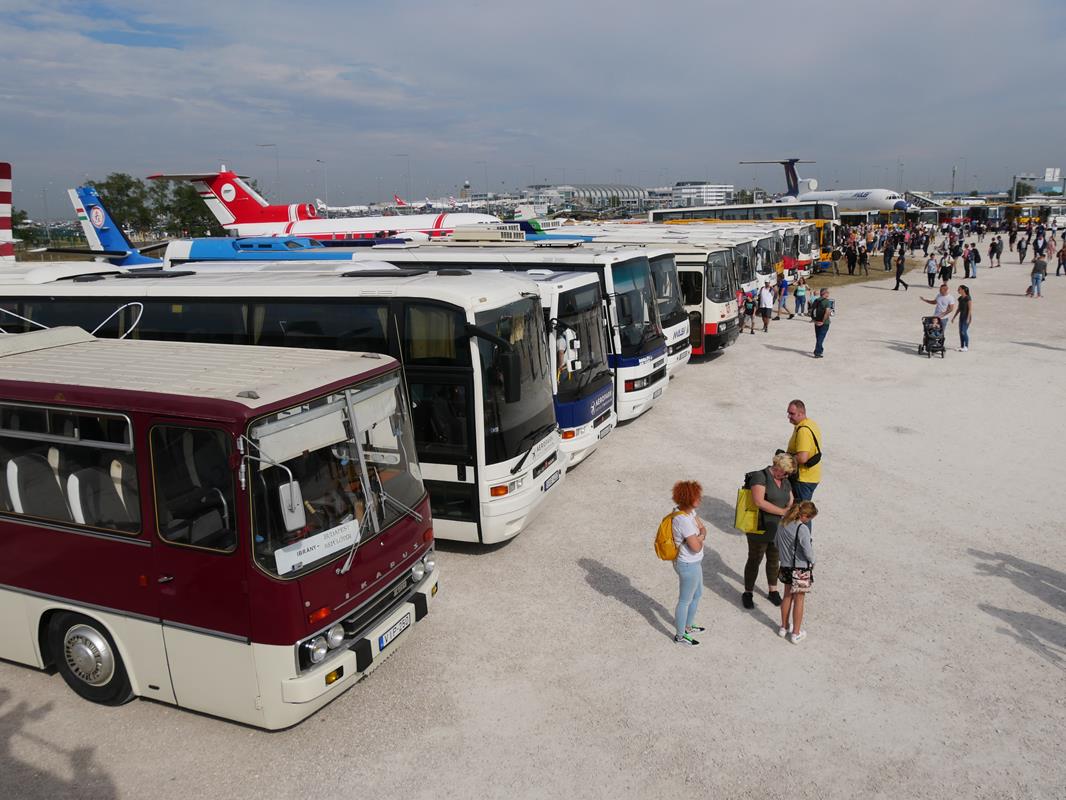
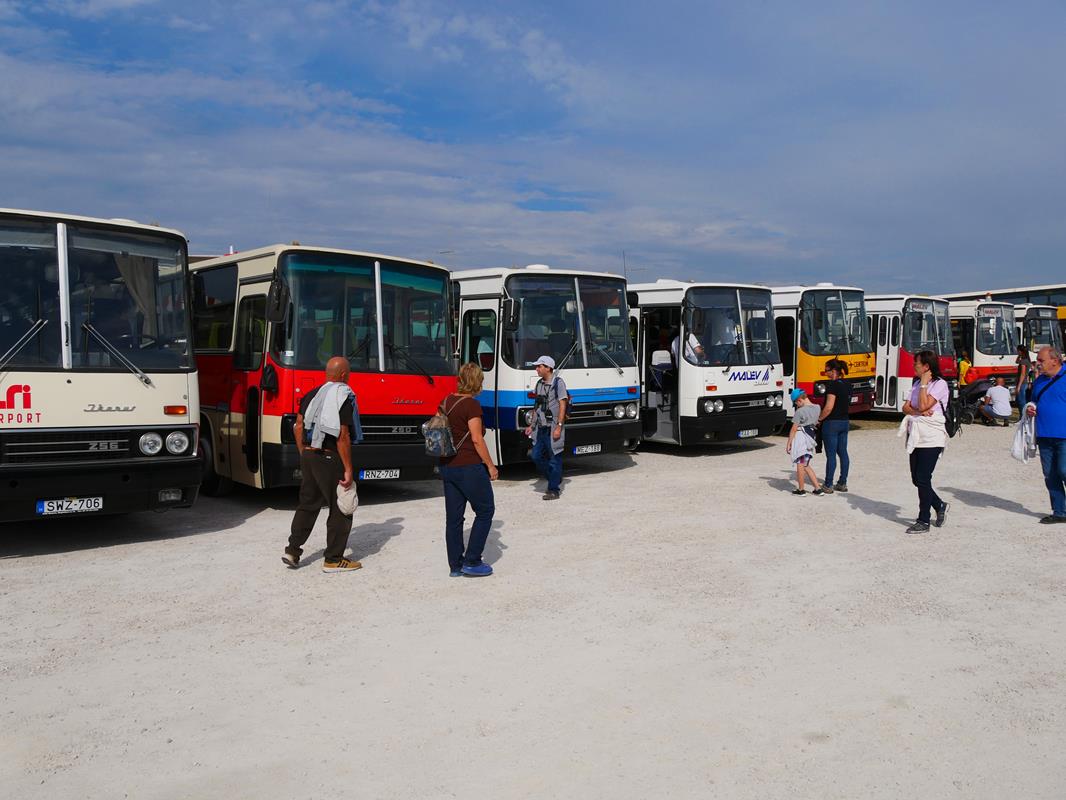
Read also:
Source:






I seem to recall reading several years ago that the company failed because of endemic and rampant corruption.